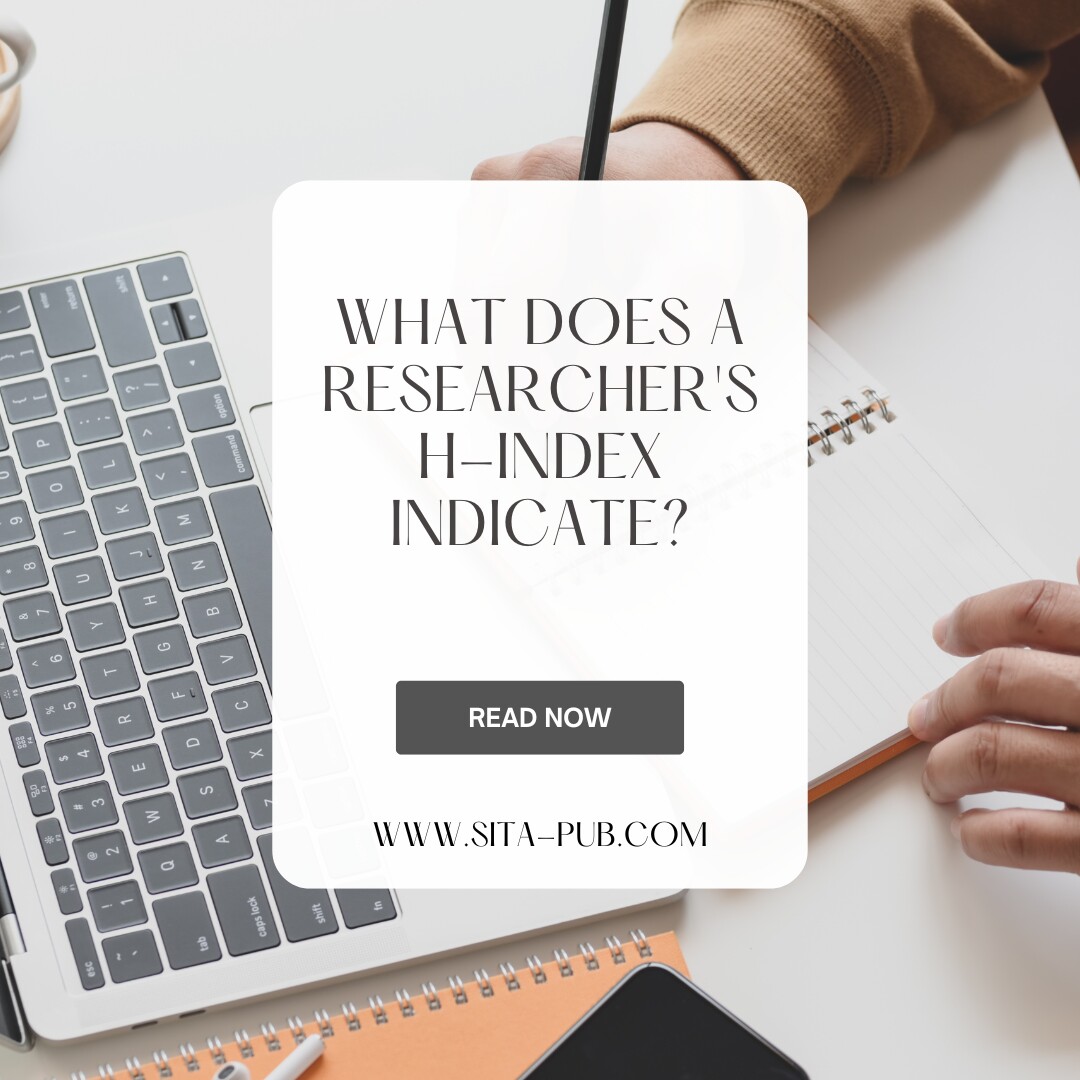What does a researcher's h-index indicate?


The h-index is a commonly used indicator in academia that quantifies a researcher's productivity and impact. It was proposed in 2005 by physicist Jorge E. Hirsch as a method for objectively evaluating a scholar's body of work. The h-index is determined using a researcher's number of publications and the number of citations they have received.
The h-index is the number of papers a researcher has that have been cited at least h times. For example, if a researcher has 27 articles that have each been cited at least 27 times, their h-index will be 27. The greater a researcher's h-index, the more influential and significant their work is perceived by their peers.
Calculating one's h-index is simple by utilizing online resources such as Google Scholar, Scopus, or Web of Science. Scholars are urged to track their h-index over time to assess the expanding influence of their research program. While not a single factor of success, the h-index can help researchers benchmark their progress and successes.

The h-index can be a useful tool for evaluating researchers at different stages of their careers. As a general guideline, here are some typical h-index benchmarks:
Career Stage | Typical H-Index |
|---|---|
PhD Student | 1-2 |
Postdoctoral Researcher | ~5 |
Assistant Professor | ~12 |
Associate Professor | 20 (good), 40 (great) |
Full Professor | 60+ (exceptional) |
For early-career academics, h-index expectations are understandably lower. PhD supervisors often anticipate their students to have three publications by their graduate time. Given the duration of the publication process and the time it takes for papers to begin receiving citations, achieving an h-index of 1 or 2 at the end of a PhD program is considered a significant accomplishment.
In the postdoctoral phase, scholars can typically publish one paper every year. Building on their dissertation work, a postdoc researcher could anticipate having an h-index of 5 after two years - if each of their five papers has been cited five times.
An assistant professor's h-index is often higher. Data show that assistant professors with an h-index of roughly 12 are thought to have a significant intellectual impact on their subject. This h-index score indicates that the researcher has published substantial articles.
The h-index rises as researchers climb through academic ranks. Full professors with an h-index of 20 are seen as making a significant contribution, but those with an h-index of 40 are regarded as having an extraordinary research program. An h-index of 60 or above is exceedingly rare. It indicates that a researcher has published multiple highly influential works during their career.
Academic Field | H-Index Levels for Top Researchers |
|---|---|
Sciences and Medicine | - An h-index of 40-50 is considered very good - The top "leading experts" have h-indices of 60 or higher |
Engineering and Technology | - An h-index of 30-40 shows the researcher is well-respected - Lower h-indices compared to pure science fields |
Social Sciences and Humanities | - An h-index of 25-35 can mean the researcher is highly influential - Generally lower h-indices overall due to different publishing practices |
Interdisciplinary Research | - Benchmark levels are less clear - Wider range of possible citation patterns |

Science and medicine fields tend to have higher h-indices on average because their research gets cited a lot.
Engineering, technology, and applied fields often have somewhat lower h-indices compared to pure sciences.
Social sciences and humanities generally have lower h-indices overall due to differences in how research is published and cited.
Researchers working across multiple fields may face less defined h-index benchmarks since citation patterns can vary widely.
It is crucial to remember that the h-index is not a perfect statistic and should be used with other measures of scholarly influence. What defines a "good" h-index can be influenced by factors such as publication venue prestige, citation quality, and a researcher's specific specialty. Furthermore, the h-index may disfavor scholars in domains with smaller research communities or less citation-heavy publication standards.
Nonetheless, the h-index provides a consistent method for assessing and comparing the cumulative influence of academics' intellectual contributions. It is commonly utilized in academic hiring, promotion, and funding choices as evidence of a researcher's output and influence in their field.

SITA Academy, the global publication support provider, specializes in helping researchers amplify the citation impact of their published work.
Citations have emerged as an essential criterion for assessing a researcher's influence and scholarly impact in today's highly competitive academic environment. The frequency with which a researcher's work is cited by their peers demonstrates the quality and impact of their contributions. It also plays a crucial role in obtaining financing, progressing careers, and getting a reputation within the research community.
If you have any questions, inquiries, or would like to learn more about our services, please don't hesitate to reach out to us. Our dedicated team is ready to assist you.
Why choose SITA?
